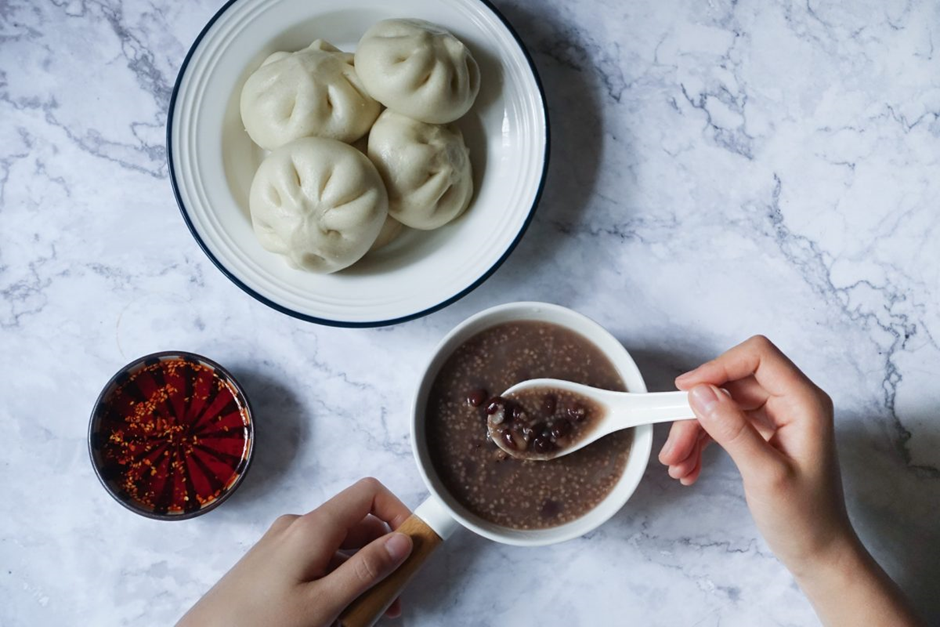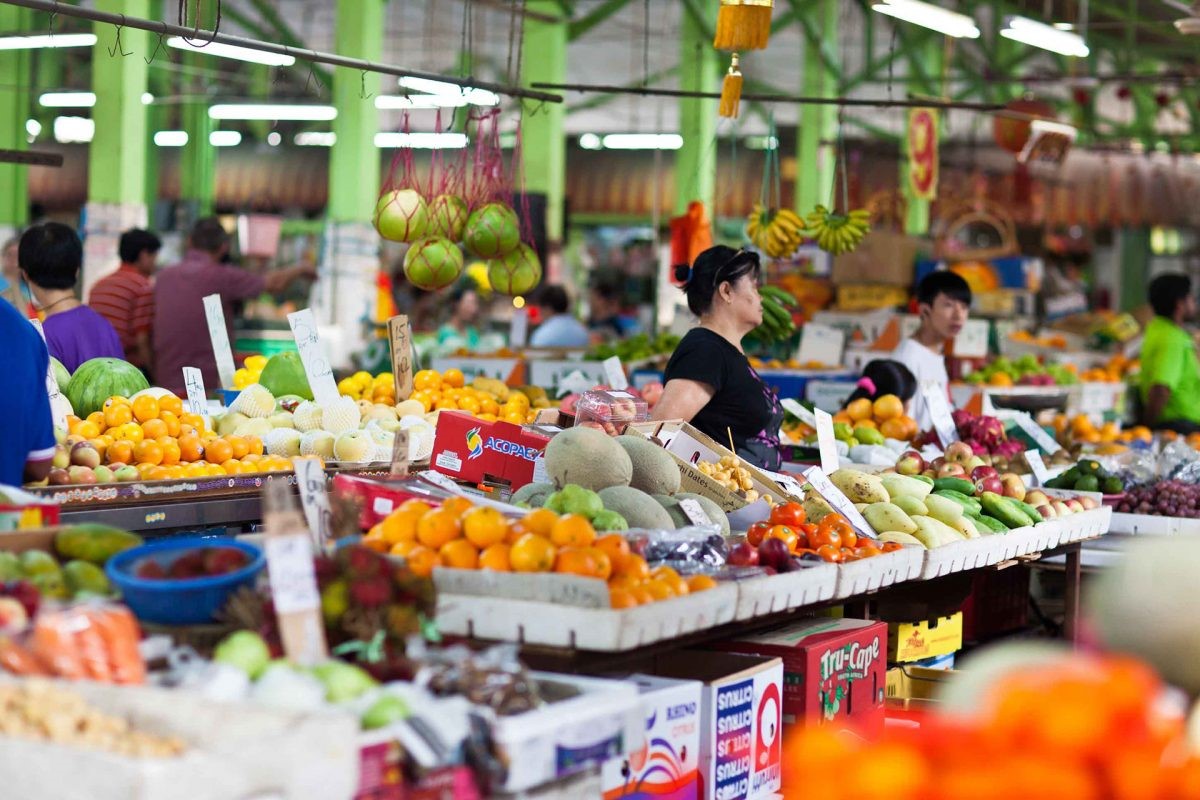The Pau: Much a-dough about hot, steamed buns
Lately, I’ve been watching the Taiwanese Hokkien costume drama Haru on one of Malaysia’s privately owned television channels, and I can’t help but notice how central the ‘pau’ is to the diets of the Taiwanese. They like to have ‘pau’ at home and would frequent stalls selling both vegetarian and meat ‘paus’. During those scenes, I started to have recollections of a particular memory that I hold significant to this day: I remember eating a portion of a ‘pau’ that I had gotten from one of the cafes at the airport – while waiting to depart from Osaka’s Kansai Airport (KIX) to Malaysia in May 2018, when my parents and I decided to squeeze in a second trip to Japan.
I just found out that Taiwan was under Japanese rule for five decades, before it was placed in China’s hands. I mean, Japan did have its influence on Malaysia as well, but only for three years. That aside, there are many Taiwanese who’d travel to Japan today, given the geographical proximity between the two countries. Perhaps the cafes at the airport were trying to cater to them as well. At the same time, in response to one of my recent Instagram Stories on the different types of ‘pau’, one of my former coursemates revealed that I had good taste. However, I was also surprised to learn that she had yet to taste one of my favourite ‘paus’. So this was why I felt compelled to write about the usually soft and fluffy delicacy that finds its origins in China.
Also known as steamed buns, ‘pau’ can be found in locations where there are a good number of those who are of Chinese descent. Since Malaysia has quite a population, you’ll be happy to know that you can find ‘pau’ in the Southeast Asian country synonymous with cultural diversity. ‘Pau’, made from flour, comes in different types and fillings. As portrayed in the series, there are two types of ‘pau’: vegetarian and meat. Their sizes and textures also vary, depending on the way the dough is kneaded and the ingredients used. Best of all, they can be eaten anytime and anywhere.
Ever since I was introduced to the vegetarian ‘pau’, I find it difficult to swallow meat-based ‘pau’. In addition to my favourite turnip ‘pau’, I also discovered that I actually have an acquired taste for both the lotus paste ‘pau’ and black bean ‘pau’.
The turnip ‘paus’ that I usually find have yellow skin. Sometimes, they are white, distinguished by a green dot on the skin of the bun. As for lotus paste ‘pau’, I learnt that it is the most wrinkled one. As for black bean ‘pau’, well, anything that doesn’t feel meaty, or reminds me of its relative red bean, is black bean… Hahaha.
Ever been disappointed when you realise you couldn’t identify the ‘paus’ correctly? That has happened to me many times, especially when there are many varieties of ‘pau’.
There’s some lotus paste ‘pau’ and turnip ‘pau’ in the fridge. Perhaps I should go grab some before my stomach starts growling. Who’d like to share some?









Showing 0 comments